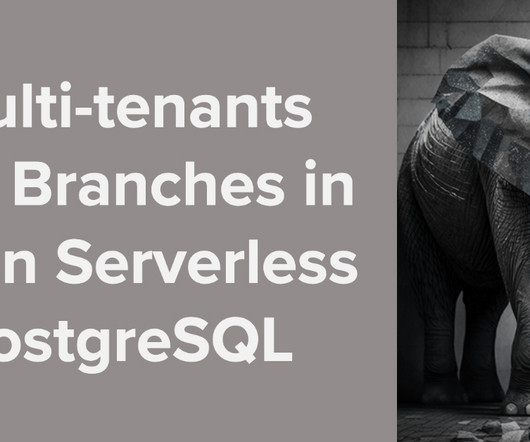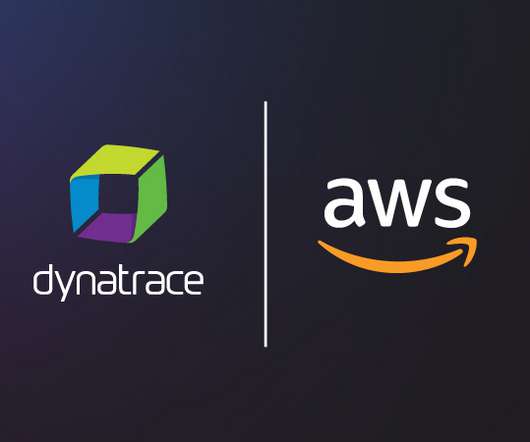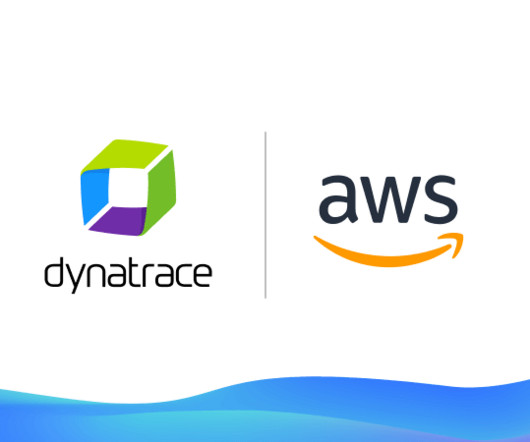Weighing a microservices approach means covering all architecture bases
Dynatrace
JULY 7, 2022
Many organizations are taking a microservices approach to IT architecture. However, in some cases, an organization may be better suited to another architecture approach. Therefore, it’s critical to weigh the advantages of microservices against its potential issues, other architecture approaches, and your unique business needs.






















Let's personalize your content